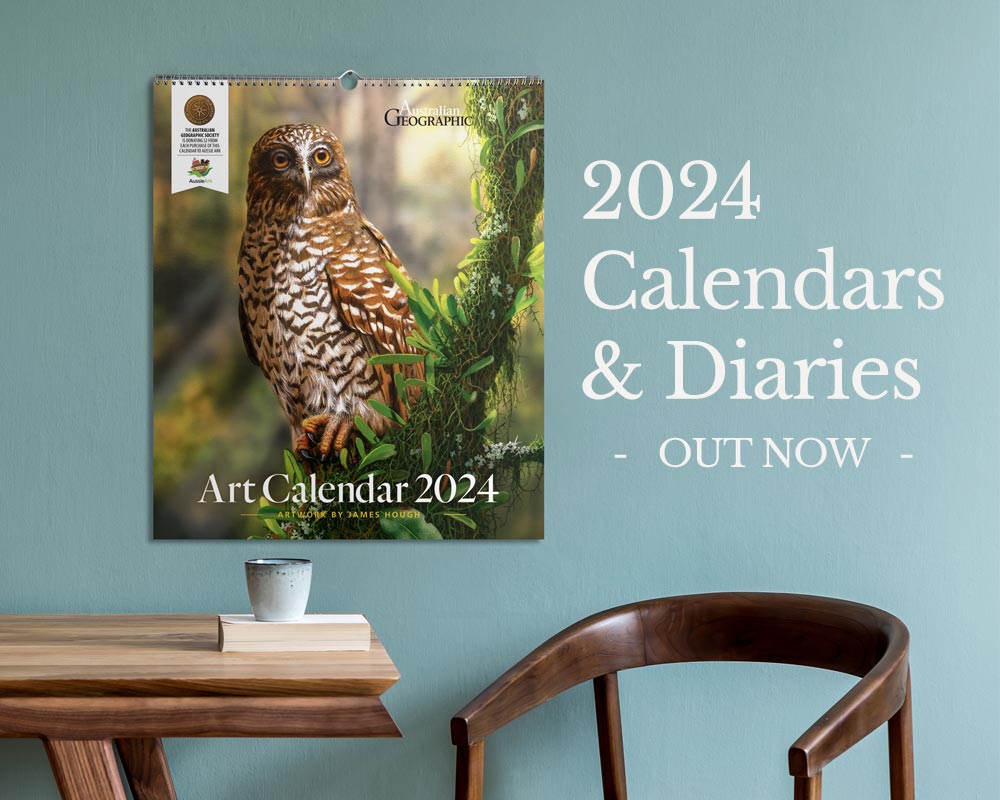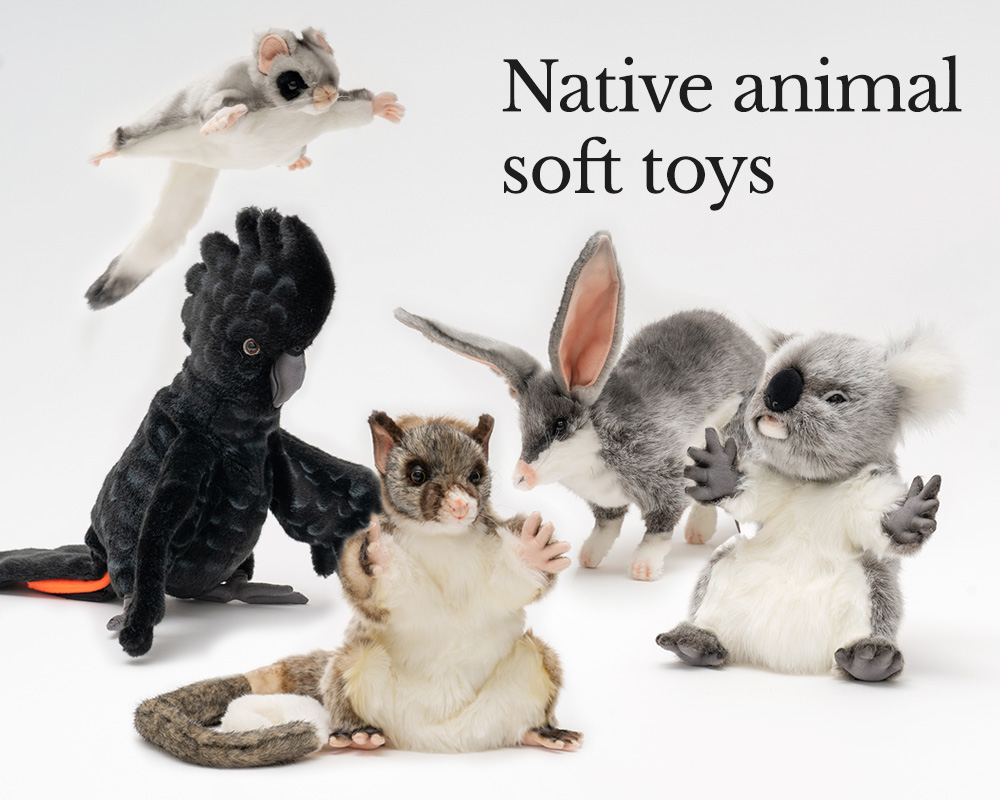Three new carnivorous sponges found in Great Australian Bight

The new species recently described by Queensland Museum scientists are the first recorded carnivorous species from South Australia boosting the overall numbers of species found in Australia to just 25.
Queensland Museum Sessile Marine Invertebrates Collection Manager Dr Merrick Ekins, the foremost Australian expert on carnivorous sea sponges has described almost all the known species of carnivorous sponges in Australia and said the new species were collected by the CSIRO on a voyage in 2017.
“It just goes to show how much of our deep oceans are yet to be explored – these particular sponges are quite unique in that they are only found in this particular region of The Great Australian Bight – a region that was slated for deep sea oil exploration,” Merrick said.
The three new species recently described in the paper are Nullarbora heptaxia, Abyssocladia oxyasters and Lycopodina hystrix.

These new species are stunning and resemble glass or toffee and have a distinct tree-like look and unlike their relatives that filter feed, carnivorous sponges adapted to cope with their deep sea habitat, with many featuring different appearances, sizes and shapes.
Merrick said it was exciting to be discovering these new species of carnivorous sponges and that sponges in general are greatly underestimated.
“Scientists have been harnessing the antimicrobial qualities of sponges to explore options for treating diseases like cancer – which makes the humble sponge a viable and natural source of medicine,” he said.

Merrick worked with Queensland Museum Honorary Associate Dr John Hooper, Dr Dirk Erpenbeck from Ludwig Maximilian University of Munich and consultant Lisa Goudie to describe the new species.
In addition to the three new unique deep sea species of carnivorous sponges discovered from sensitive gas mining exploration areas in the Great Australian Bight of South Australia, another new species was also described in the same paper from a closely related family of sponges, Guitarra davidconryi named for the previous Queensland Museum’s Chairman of the Board of QM.
The new paper was published recently in the international journal Zootaxa.
What are marine sponges?
Marine sponges (Phylum Porifera) are suspension feeders, filtering seawater for organic particles and metabolising many toxic chemical compounds from the seawater excreted by other animals, plants and microbes. Hence their reputation as the most toxic animals on the planet, and thus primary targets of the pharmaceutical industry.
A few decades ago when carnivorous sponges (now known as Family Cladorhizidae) were discovered in deep-seas, that do not filter feed seawater, nor have the cellular structures to be able to do so, but have instead evolved as predators that catch and digest their prey directly (such as wayward small crustaceans).
Explore the Great Aussie Bite on our Eyre Peninsula – From the ocean to the outback trip. Discover all the details here.





